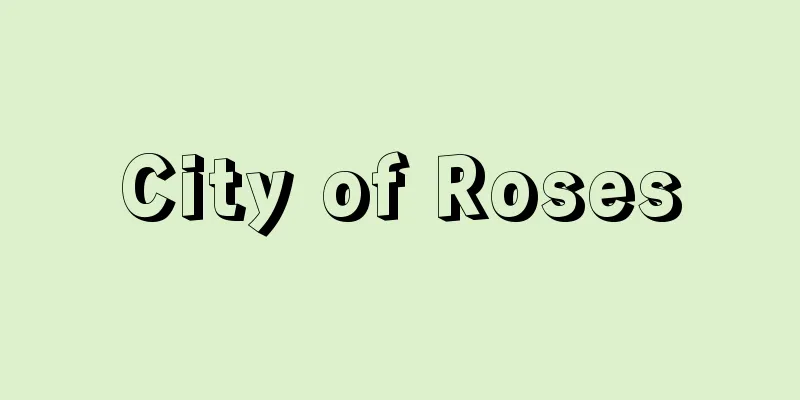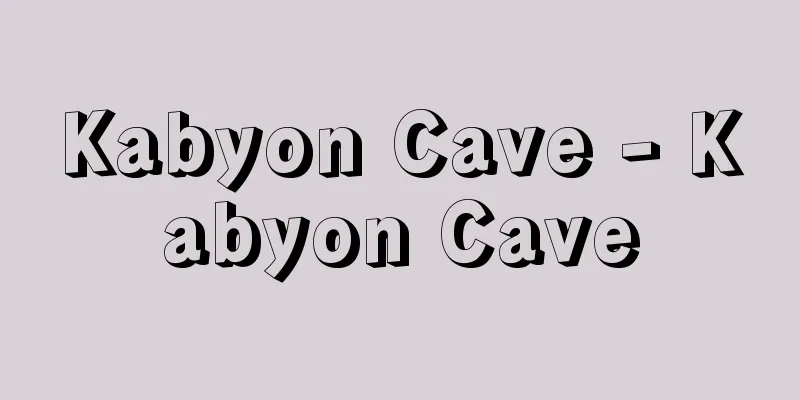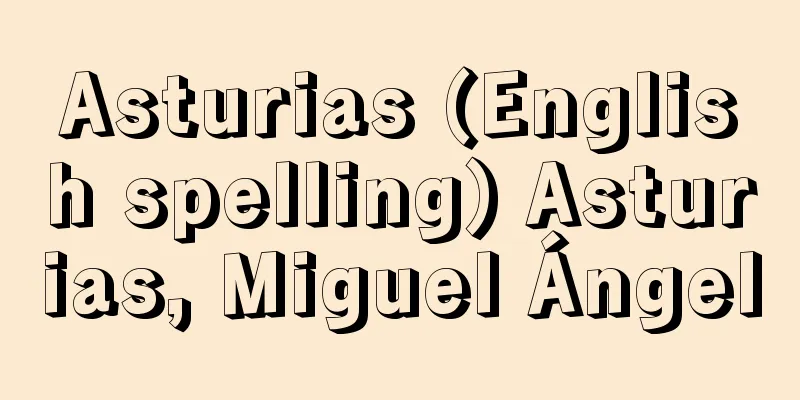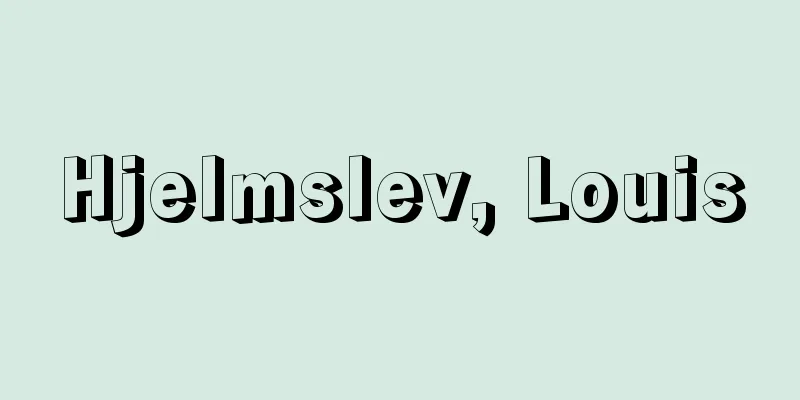Kitsch (English spelling) Kitsch German

|
It is an aesthetic sense that is aware of "gaudiness," "old-fashionedness," and "cheapness," and actively seeks to utilize these qualities and conditions. It comes from the German word Kitsch (a fake, a half-baked thing). It is clear that this contains a somewhat discriminatory view and way of thinking, and there are quite a few people who reject the aesthetic sense of kitsch itself. This aesthetic sense targets the use of such things as anachronistic wall decorations such as those sold in souvenir shops in tourist areas, mundane and cheap painted plates, gaudy colored and vulgar toys, junk accessories that are merely a novelty item such as those sold in discount stores, gaudy and ornamented tableware, and decorative items that appear to be cheap. It is a difficult question to consider how to appreciate the enjoyment of a person with "good taste" and "affluent" who chooses to use "cheap" things that are in "bad taste," and how a third party should evaluate the way they are used. If someone with bad taste or financial means uses "gaudy," "old-fashioned," or "cheap" things, it cannot be called kitsch. [Kunihiko Takei October 19, 2018] Kitsch in various artistic fieldsArtists who have used popular images from popular culture in the field of art include Roy Lichtenstein, Andy Warhol, Tom Wesselmann (1931-2004), James Rosenquist, and Claes Oldenburg. Their works often use images of mass-produced popular culture products (banal items that can be found anywhere). Their works, known as Pop Art, use kitsch images as motifs, with an anti-artistic orientation. In the fields of stage design and interior decoration, an aesthetic sense of camp, similar to kitsch, is sometimes expressed. By consciously making use of vulgarity and old-fashionedness, dramatic theatrical spaces and stylish living spaces are produced. Of course, it is clear that this is a production that includes cynicism towards people who cannot appreciate such things. In the field of architecture, kitsch or camp tendencies can also be seen in the design attitudes of Robert Venturi and Charles Willard Moore (1925-1993). [Kunihiko Takei October 19, 2018] Kitsch in everyday lifeIt should be noted that the above is about the meaning of "kitsch" from the perspective of art, but the terminology used by the younger generation in everyday life is somewhat different. Young people tend to use the word "kitsch" as a word to praise objects that evoke an image of cuteness, something a little odd and old-fashioned. It can be said to be their critique of clothing, household items, store designs, and the like, but it is certainly a value judgment on a different level from art. [Kunihiko Takei October 19, 2018] "Junk Shangri-La: Junk, Kitsch, and Folk Art, All Directions, East, West, North, South, and North" by Koichi Tanigawa (1988, Keiso Shobo)" ▽ "The Five Faces of Modernity, by Matti Clinescu, translated by Hidetoshi Toyama and Masayuki Tsuga (1995, Serika Shobo)" ▽ "Kitsch Synchronicity: The Evolution of Bad Taste Culture in 20th Century Consumer Society, by Peter Ward, translated by Yoshitaka Mori (1998, Aspect)" ▽ "Junk Encyclopedia: Words and Images from Around Us" by Junzo Ishiko (2000, Heibonsha)" [References] | | | | | | |Source: Shogakukan Encyclopedia Nipponica About Encyclopedia Nipponica Information | Legend |
|
「けばけばしさ」や「古臭さ」や「安っぽさ」などを意識しながら、それらの性質や状態を、あえて積極的に利用しようという美意識のあり方。ドイツ語のKitsch(まがいもの、いい加減なもの)に由来する。ここにはいささか差別的な見方や考え方が含まれていることは明らかであり、キッチュという美意識そのものを否定する人も少なくない。 観光地の土産物(みやげもの)店で売っているような時代錯誤的な壁飾り、通俗的で安っぽい絵皿、はでな色彩の低俗な玩具(がんぐ)類、ディスカウント・ストアで売っているような目新しさをねらっただけのがらくた小物、ごてごてと飾りたてた食器類、いかにも安物と思われる装飾品、こういったものの使用が、この美意識の対象となる。 「よい趣味」をもち「経済力に富んでいる」人が、あえて「悪趣味」な「安物」を使用するときの楽しさをどう考えるべきか、また、使用された様態を、第三者はどう評価するべきかなど、むずかしい問題といわざるをえない。もともと悪趣味な人や経済力のない人などが「けばけばしいもの」や「古臭いもの」や「安っぽいもの」などを使用した場合、それをキッチュとはよばないのである。 [武井邦彦 2018年10月19日] 芸術各分野におけるキッチュ大衆文化の通俗的なイメージを芸術領域において活用した美術家として、ロイ・リクテンスタイン、アンディ・ウォーホル、トム・ウェッセルマンTom Wesselmann(1931―2004)、ジェームズ・ローゼンクイスト、クラエス・オルデンバーグなどがあげられる。彼らの作品においては、大量生産された大衆文化的な商品(どこにでもあるような陳腐なもの)のイメージが利用されることが多い。ポップ・アートとよばれる彼らの作品群では、反芸術的な志向のもとに、キッチュなイメージがモチーフとされているのである。 舞台美術や室内装飾などの領域において、キッチュと似たキャンプcampという美意識が発揮されることがある。俗っぽさや古臭さなどを意識的に生かすことにより、ドラマティックな演劇空間や、気のきいた生活空間が演出される。むろん、それらを評価できない人々に対する冷笑を含んだ演出であることは明らかである。 建築領域では、ロバート・ベンチューリやチャールズ・ムーアCharles Willard Moore(1925―1993)などの設計態度にも、キッチュあるいはキャンプな傾向をうかがうことが可能である。 [武井邦彦 2018年10月19日] 日常生活におけるキッチュなお、上述したのは、芸術という視座による「キッチュ」の意味についてであるが、一般的な生活における若い世代の用語法は、これとはいささか様相を異にしていることに留意しなければならない。古めかしさを伴っていっぷう変わったものであり、かわいいというイメージを惹起(じゃっき)する対象を褒めることばとして、若い人たちは「キッチュ」という語を使用する傾向にある。それは服飾品や生活小物や店舗設計のあり方などに対する彼らの評言であるといいうるが、芸術とは異なる次元の価値判断であることは確かである。 [武井邦彦 2018年10月19日] 『谷川晃一著『がらくた桃源境――がらくた・キッチュ・フォークアート東西南北縦横無尽』(1988・勁草書房)』▽『マティ・カリネスク著、富山英俊・栂正行訳『モダンの五つの顔』(1995・せりか書房)』▽『ピーター・ワード著、毛利嘉孝訳『キッチュ・シンクロニシティ――20世紀消費社会における悪趣味文化の変遷』(1998・アスペクト)』▽『石子順造著『ガラクタ百科――身辺のことばとそのイメージ』(2000・平凡社)』 [参照項目] | | | | | | |出典 小学館 日本大百科全書(ニッポニカ)日本大百科全書(ニッポニカ)について 情報 | 凡例 |
>>: Kitchener, Horatio Herbert, 1st Earl Kitchener
Recommend
A guide to phonological description
…Fleeing the revolution, he transferred to Rostov...
Cucumber massage - Cucumber massage
…In the Kansai region, it is called "namabus...
Ionian nation - Ionian country
In 1866, a railway line was opened linking the to...
Pabst - Georg Wilhelm Pabst
German film director. Born in Raudnitz, Czechoslo...
Chrysanthemum zawadskii (English spelling) Chrysanthemum zawadskii
…[Nitta Aya]. . . *Some of the terminology that m...
East dog - Azuma Inu
…In Tokyo, there is a custom of relatives giving ...
Aragainko - Aragainko
…The Kea (illustration) and the Kaka are found in...
Encirclement - Intimidation
…Forts are divided into land forts and coastal fo...
Aitōlia (English spelling)
The area was located in the north shore of the Gul...
Coypel, Antoine
Born: March 11, 1661 in Paris Died January 7, 1722...
waxy corn
...The stems and leaves are used as animal feed. ...
Living World
…His name was Chikara. He was born into a family ...
Kajii Gate Site
Another name for Sanzen-in Temple in Ohara, Sakyo ...
The Way of the Amorites
…In the Old Testament tradition, the Amorites wer...
tegal
…It is the opposite of sawa, which means a paddy ...









